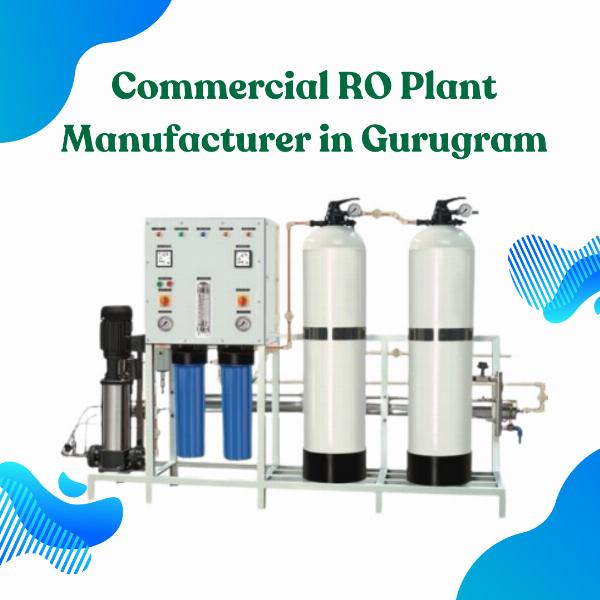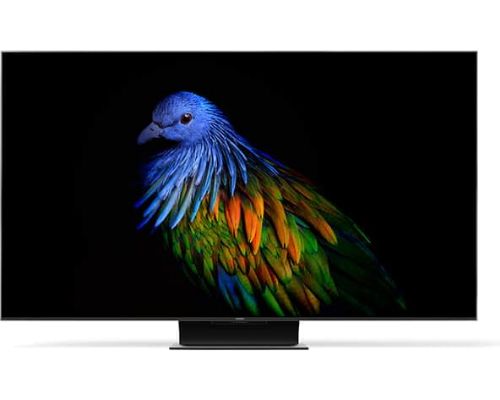Global Commercial HVAC Chillers Market Size, Share, and Growth Forecast Insights
The Commercial HVAC Chillers Market plays a critical role in maintaining optimal temperature conditions in commercial spaces such as offices, hospitals, shopping malls, and industrial settings. These chillers are essential components of Heating, Ventilation, and Air Conditioning (HVAC) systems, offering cooling solutions by removing excess heat from buildings. As energy efficiency and environmental sustainability become increasingly important, the market for HVAC chillers has seen significant advancements and growth. The market is characterized by the development of innovative technologies that enhance cooling efficiency while reducing energy consumpt
ion and carbon emissions.
The Commercial HVAC Chillers Market was valued at USD 10.28 billion in 2023 and is projected to grow to USD 16.84 billion by 2030, registering a CAGR of 5.07% over the forecast period from 2024 to 2030.
Competitive Landscape
The competitive landscape of the Commercial HVAC Chillers Market is marked by the presence of several key players who continuously innovate to maintain a competitive edge. Major companies are focusing on the development of energy-efficient chillers that comply with environmental regulations and meet the growing demand for sustainable cooling solutions.
•Key Players:
oCarrier Corporation: A leading player with a focus on innovation and energy-efficient HVAC solutions.
oJohnson Controls: Known for its wide range of chiller products that cater to various commercial applications.
oDaikin Industries: A global leader in HVAC systems, offering advanced chillers with a focus on sustainability.
oTrane Technologies: Specializes in high-performance chillers that meet the needs of large commercial spaces.
oMitsubishi Electric: Offers a variety of chillers with a strong emphasis on energy efficiency and environmental impact.
These companies are engaged in strategic partnerships, mergers and acquisitions, and research and development activities to expand their product portfolios and strengthen their market positions.
________________________________________
Growth Drivers
Several factors are driving the growth of the Commercial HVAC Chillers Market:
1.Rising Demand for Energy Efficiency:
oIncreasing awareness of energy conservation and the need for cost-effective cooling solutions is driving the demand for energy-efficient chillers.
oGovernments and regulatory bodies are enforcing strict energy efficiency standards, encouraging the adoption of advanced chiller technologies.
2.Urbanization and Commercial Infrastructure Development:
oRapid urbanization and the expansion of commercial infrastructure in emerging economies are fueling the demand for HVAC chillers.
oThe construction of smart cities and modern commercial complexes requires efficient cooling systems, boosting market growth.
3.Technological Advancements:
oContinuous innovation in chiller technology, including the integration of IoT and AI, is enhancing the performance and efficiency of HVAC systems.
oThe development of eco-friendly refrigerants and low-global-warming-potential (GWP) technologies is gaining traction, further propelling market growth.
4.Growing Focus on Sustainability:
oThe shift towards green building practices and the adoption of sustainable HVAC solutions are key drivers of market expansion.
oCompanies are increasingly investing in research and development to create chillers that reduce carbon footprints and comply with environmental regulations.
________________________________________
Market Dynamics
The Commercial HVAC Chillers Market is characterized by dynamic changes driven by technological advancements, regulatory developments, and shifting consumer preferences.
•Energy Regulations and Compliance:
oStricter energy efficiency standards and environmental regulations are influencing the design and development of HVAC chillers.
oManufacturers are focusing on creating products that not only meet but exceed regulatory requirements to stay competitive.
•Shift Towards Smart HVAC Systems:
oThe integration of smart technologies, such as IoT and AI, is transforming the HVAC industry, enabling real-time monitoring and predictive maintenance of chillers.
oSmart HVAC chillers offer improved energy management and operational efficiency, appealing to commercial building owners and facility managers.
•Rising Cost of Raw Materials:
oFluctuating prices of raw materials, such as metals and refrigerants, are impacting the production costs of chillers.
oManufacturers are exploring alternative materials and supply chain strategies to mitigate cost pressures.
•Impact of COVID-19:
oThe COVID-19 pandemic has accelerated the adoption of advanced HVAC systems in commercial spaces to ensure better air quality and safety.
oThe demand for chillers with enhanced filtration and air purification capabilities has increased, reshaping market dynamics.
________________________________________
Market Trends
Several emerging trends are shaping the future of the Commercial HVAC Chillers Market:
•Adoption of Low-GWP Refrigerants:
oThe shift towards low-GWP refrigerants is a significant trend, driven by environmental concerns and regulatory pressures.
oManufacturers are developing chillers that use natural refrigerants, such as ammonia and carbon dioxide, to minimize environmental impact.
•Increased Focus on Retrofits and Upgrades:
oThe growing demand for energy-efficient buildings is leading to an increase in retrofitting and upgrading existing HVAC systems.
oBuilding owners are investing in advanced chillers to replace outdated systems and achieve energy savings.
•Integration of Renewable Energy Sources:
oThe integration of renewable energy sources, such as solar and wind, with HVAC systems is gaining popularity.
oChillers powered by renewable energy are becoming a preferred choice for environmentally conscious commercial establishments.
•Expansion of District Cooling Systems:
oDistrict cooling systems, which provide centralized cooling to multiple buildings, are expanding in urban areas.
oThe adoption of district cooling is driving the demand for large-capacity chillers that can serve entire districts efficiently.
________________________________________
Opportunities
The Commercial HVAC Chillers Market presents several opportunities for growth and innovation:
1.Expansion in Emerging Markets:
oEmerging economies in Asia-Pacific, Latin America, and the Middle East are experiencing rapid urbanization and commercial development.
oThese regions offer significant growth opportunities for HVAC chiller manufacturers, especially in the construction of new commercial buildings and infrastructure projects.
2.Development of Hybrid Chillers:
oThe demand for hybrid chillers that combine traditional cooling methods with renewable energy sources is on the rise.
oManufacturers can capitalize on this trend by developing innovative hybrid solutions that offer energy savings and environmental benefits.
3.Investment in R&D and Innovation:
oContinued investment in research and development is crucial for staying ahead in the competitive market.
oCompanies that focus on developing cutting-edge technologies, such as magnetic bearing chillers and variable-speed drives, are likely to gain a competitive advantage.
4.Customization and Modular Solutions:
oThe growing need for customized and modular chiller solutions that cater to specific commercial requirements presents an opportunity for manufacturers.
oOffering flexible and scalable chiller systems can attract a broader customer base and drive market growth.
5.Collaboration and Strategic Partnerships:
oCollaborations between HVAC manufacturers, technology providers, and energy service companies can lead to the development of integrated solutions that address complex cooling challenges.
oStrategic partnerships can also help companies expand their market reach and enhance their product offerings.





















